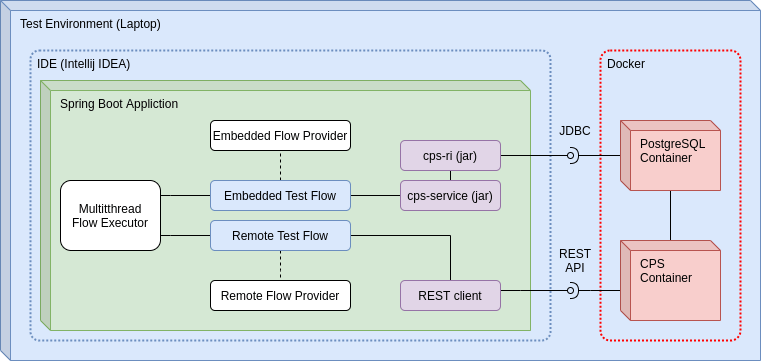As part of our commitment to improve & develop ONAP functionality, PANTHEON.tech has introduced Performance Testing to the ONAP Configuration Persistence Service (CPS) component.
The test flow included the following operations:
- Create a new anchor with a unique name in the given dataspace
- Create data node – full data tree upload for a given anchor
- Update data node – node fragment replacement
- Remove anchor (and associated data)
This Performance Testing will make testing deployments easier and show, whether the optimization is needed or achieved.
You can download the first-ever, CPS Performance Testing report here:
[download_after_email id=”17933″]
What is CPS in ONAP?
The Configuration Persistence Service component serves as a common data layer service, which preserves network-element runtime information, in form of database functionality. This runtime data, or information, needs to be persistent, so CPS provides a data repository for this data – this can include operational data.

CPS Performance Testing Environment
Businesses may rely on the ability to visualize and manage this data in their RAN network. So essentially, the goal of CPS is to improve the operation of data handling within ONAP – with better, efficient data layer services.
Use-cases for CPS are universal since the project is able to be utilized in Edge or core ONAP deployments, where a database is deployed with each installation. Proposed use-cases also include Edge-2-Edge Network Slicing. Not to mention the OPEX you will be saving on.
Our Commitment to Open-Source
Yes, we are the largest contributor to OpenDaylight. But we also contribute code to FD.io VPP or ONAP, amongst others. We see open-source as “a philosophy of freedom, meaningfulness, and the idea that wisdom should be shared”, as we mentioned in another post. And we will continue to work with the wonderful communities of projects we have close at heart.
by Ruslan Kashapov | Leave us your feedback on this post!
Explore our PANTHEON.tech GitHub.
Watch our YouTube Channel.



![[Release] lighty.io 22.1.0](https://pantheontech1.b-cdn.net/wp-content/uploads/2025/10/lighty-22.1-400x250.jpg)
![[Release] OpenDaylight Titanium](https://pantheontech1.b-cdn.net/wp-content/uploads/2025/08/odl-titanium-release.png)
![[Meet Us] PANTHEON.tech @ Open Source Summit 2025 in Amsterdam](https://pantheontech1.b-cdn.net/wp-content/uploads/2025/08/OSS_Temp.png)